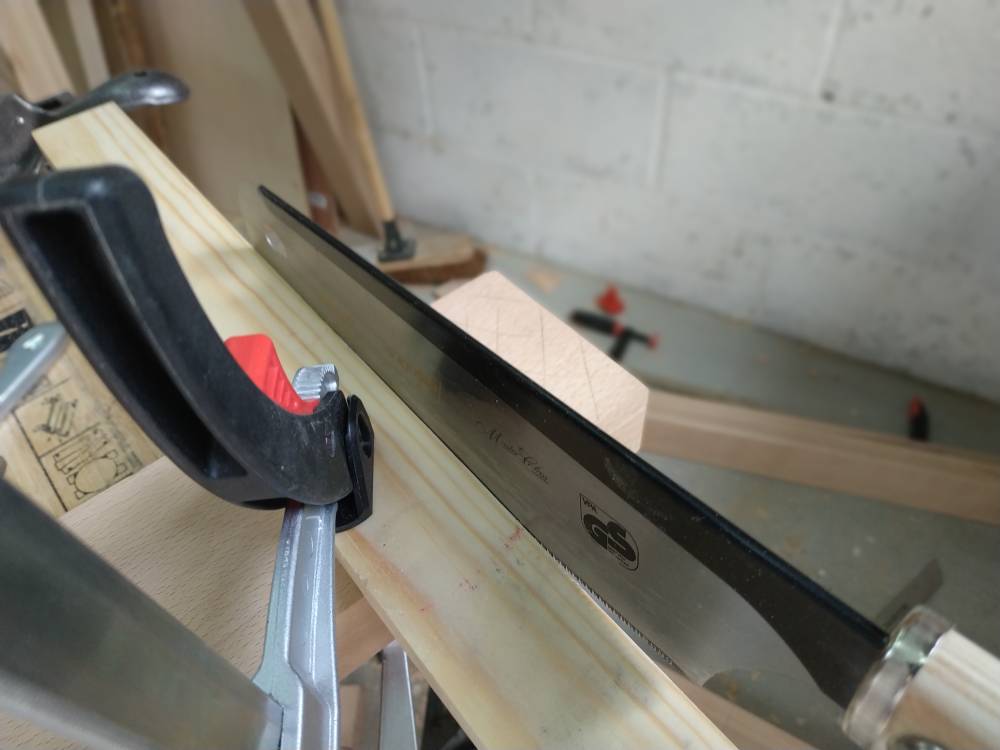transatlantic
Boom!
Cutting to the line, or cutting 0.5mm away from the line and cleaning up with a chisel. Discuss!
My opinion as a beginner, is that I am going to use the latter, as then I can still get practise of cutting to a line (it's just offset) and if I do balls it up, it's not the end of the world as I am going to pair it away anyway. And then maybe a some point I can do away with the pairing.
My opinion as a beginner, is that I am going to use the latter, as then I can still get practise of cutting to a line (it's just offset) and if I do balls it up, it's not the end of the world as I am going to pair it away anyway. And then maybe a some point I can do away with the pairing.


































